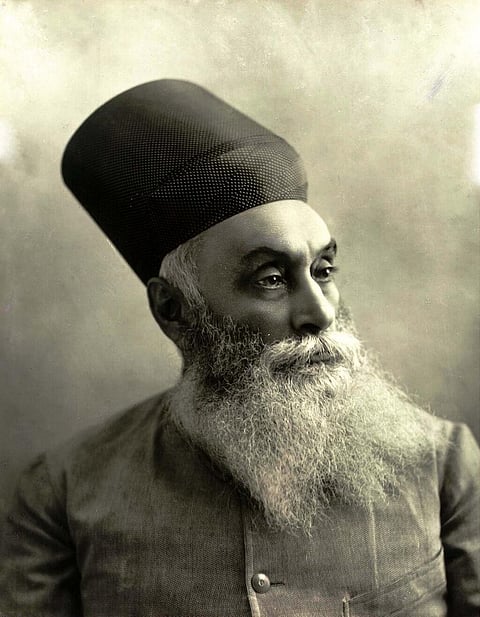
- Home
- न्यूजग्राम
- India
- World
- Politics
- Entertainment
- Culture
- Lifestyle
- Economy
- Sports
- Sp. Coverage
- Misc.
- NewsGram Exclusive
- Jobs / Internships

BY SHANTAM SAHAI
India, the seventh-largest and second-most populous country in the world, home to 1.3 billion people who speak 1600 languages, is widely known for its cultural diversity. The world's largest democracy consists of 29 states, which were divided on the basis of language. Hindi, a language spoken by 41% and known to 53% of the population, is misconceived to be the 'national language' of India. The Indian constitution does not mention any 'national language'. However Hindi (along with English) is the official language of India.
Article 343(1) of the Indian constitution says:
"(1) The official language of the Union shall be Hindi in Devanagari script. The form of numerals to be used for the official purposes of the Union shall be the international form of Indian numerals."
Thus, Hindi is NOT is the national language, but the official language of India.
An official language is one used for official/governmental purposes. It has a legal standing and is used in the judiciary, central legislature, and executive documents. Official languages have more to do with day-to-day work.
Whereas, a national language is a national symbol. It has a common representation of the people living in the geographical territory of the country. A national language has sentimental values connected with it, as it reflects a 'common individuality' (in linguistic terms) from the world.
The Indian national flag, national emblem, national anthem, national animal, the national bird, or national language, all of them are national symbols which unite us as the countrymen of India. Wikimedia Commons
A national language is supposed to unite the citizens of the country under one umbrella. Other than the percentage of users, what matters more is the spread of the language i.e. if it is to unite a country as a national symbol, a language needs to have users spread in all parts of the country. As in the case of India, we have no such language.
A national language needs to be widespread, not only widely spoken. India has no such language. Facebook
As you can see on the map, Hindi maybe widely spoken, but it is not widespread. Hindi (and its variants) is spoken in the states of Uttar Pradesh, Haryana, Himachal Pradesh, Delhi (the capital), Bihar, Jharkhand, Madhya Pradesh, Chhattisgarh, and Rajasthan. Whereas, the eastern and southern states have no trace of it. Hindi, may be known in various other parts, does not command any sentimental value in other states.
Moreover, languages other than Hindi have a significant amount of speakers. For example,
Hence, there cannot be one national language in India. Therefore, the Constitution of India in its eighth schedule mentions 22 languages; all of which can be referred to as national languages or official languages.
